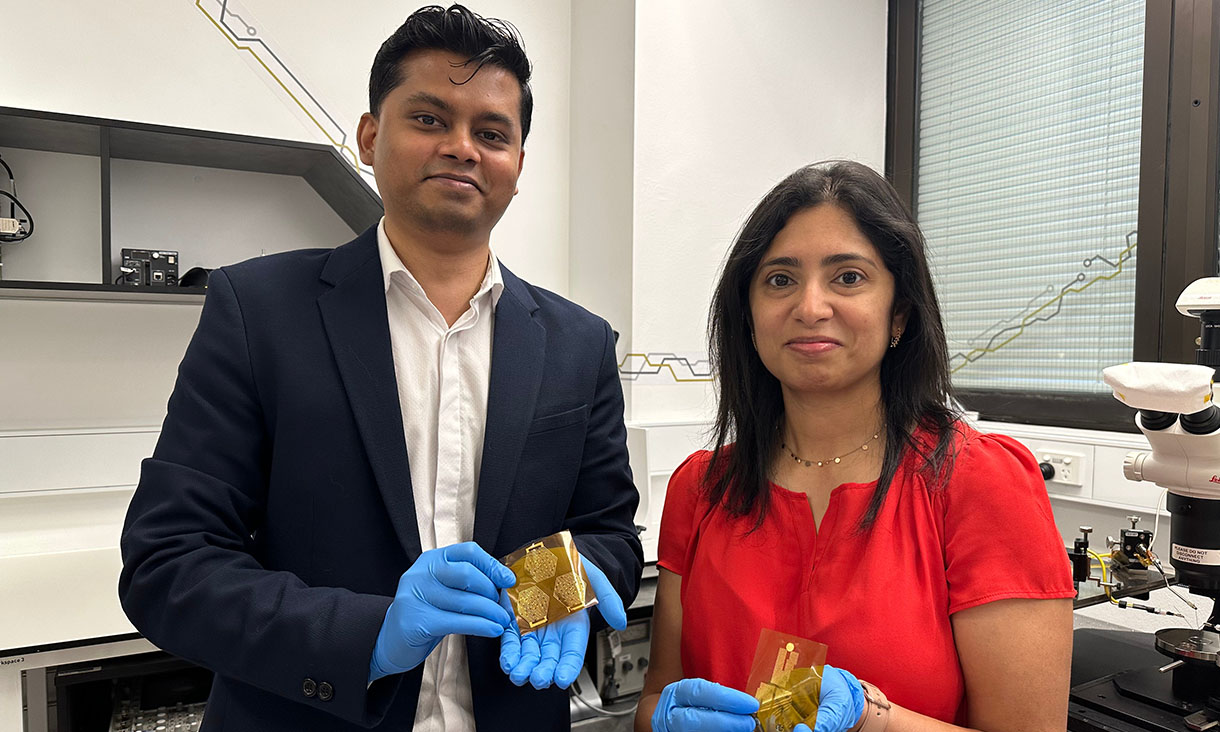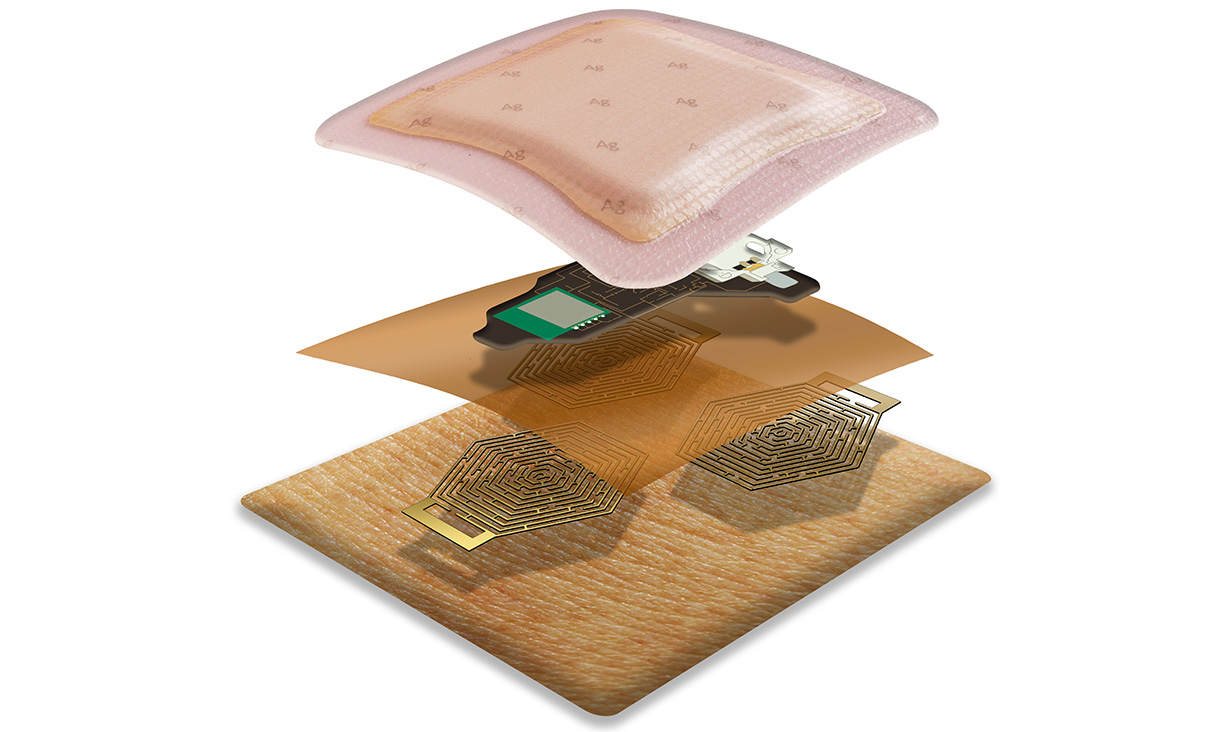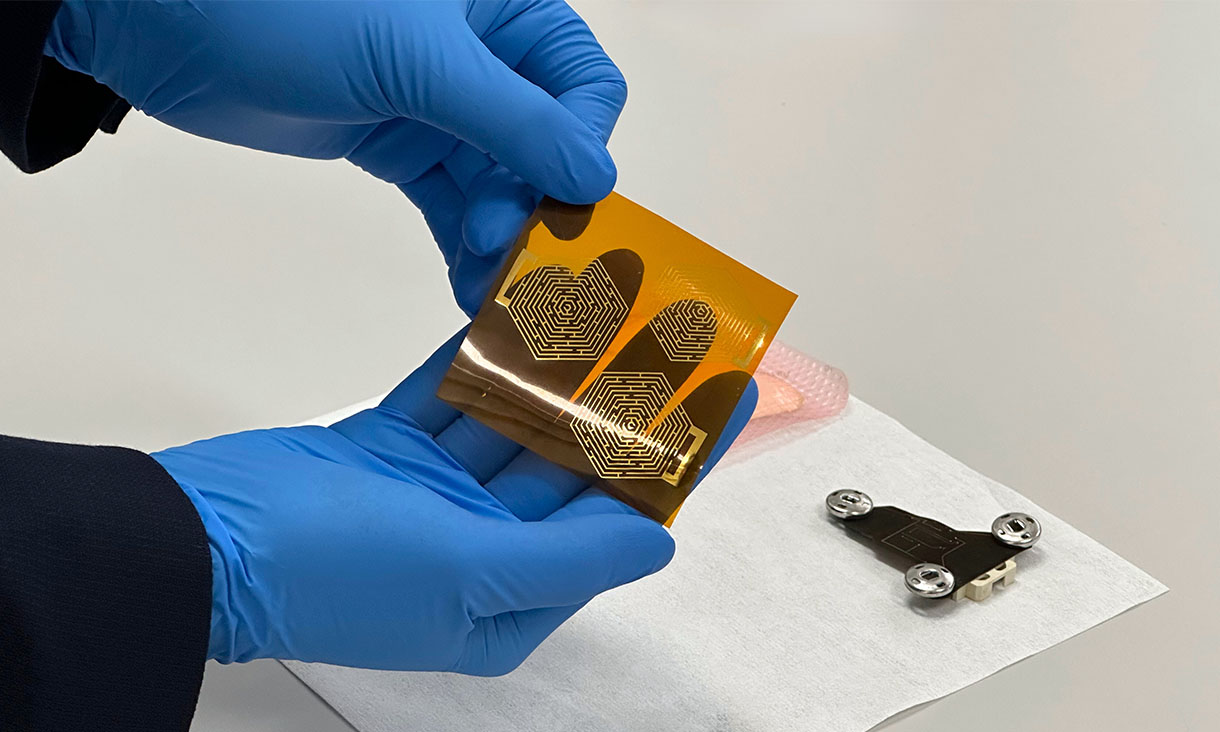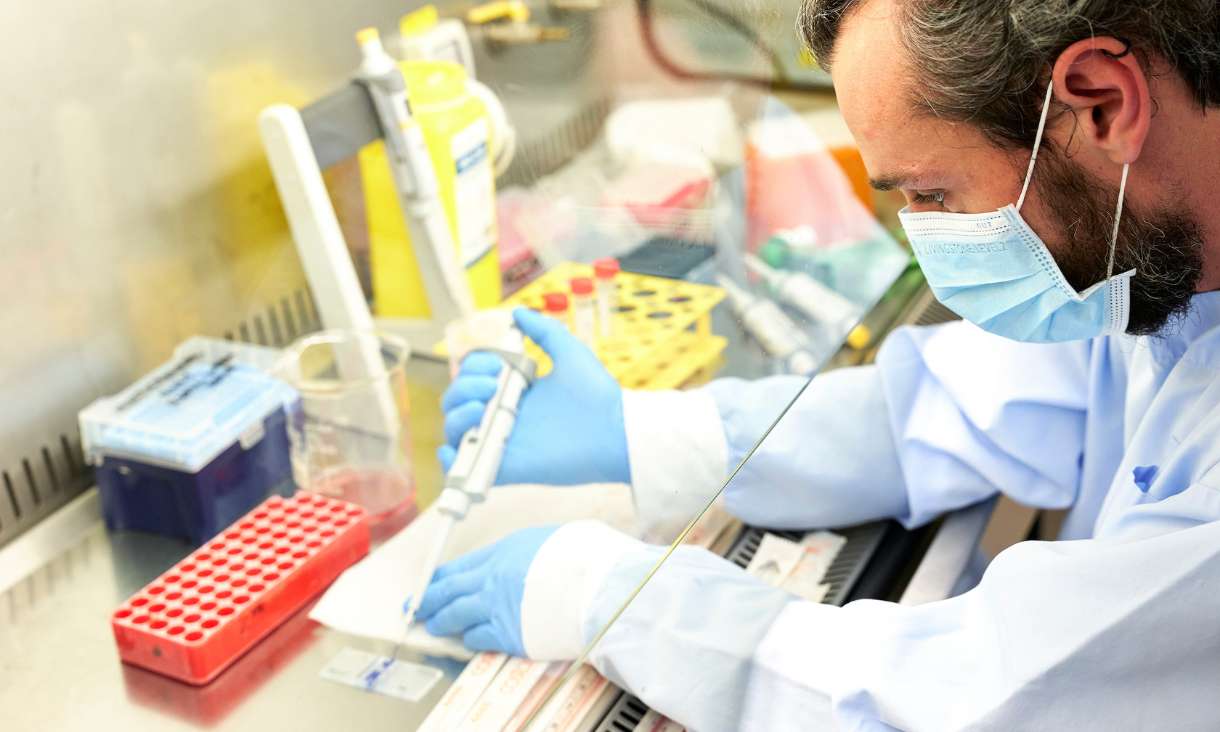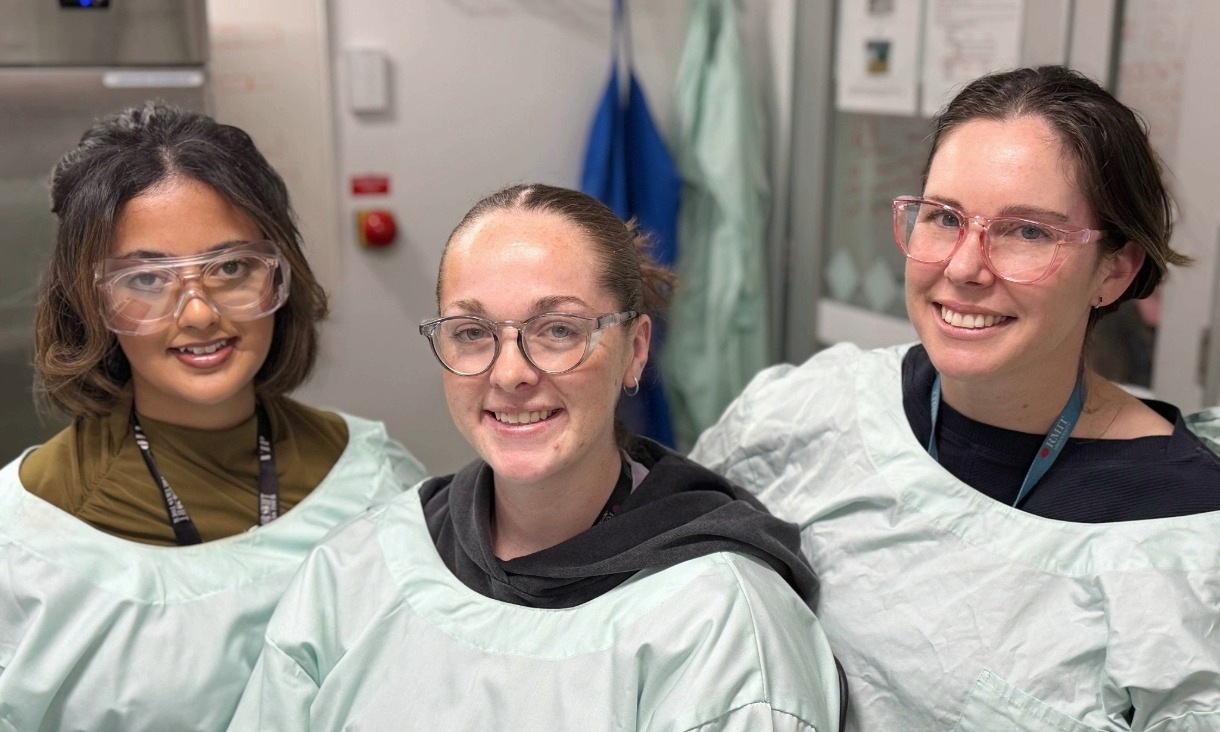Enabling continuous monitoring
ECG data recorded over time helps obtain important diagnostic information concerning the activity of the patient's heart.
To conduct continuous monitoring, Elango said dry electrodes offered some significant advantages.
“Dry electrodes prioritise user comfort, remain durable over time and reduce the likelihood of skin irritation,” Elango said.
“The electrodes are also hydrophobic, meaning they don’t get wet, and so a user can wear the device while they do activities in the water such as swimming and showering – unlike other ECG monitors.
“These attributes make them ideal for continuous monitoring – a crucial feature for wearable ECG devices.”
After extensive experimentation, the team discovered that a hexagonal design was the “winning formula”, as it suits the curvy nature of skin and active lifestyles and more accurately captures ECG signals, compared with other wearable devices on the market.
“The device can capture ECG signals even when it is fitted behind a person’s neck – ideal for patients in the aged care sector, including for someone with dementia who may remove it from their chest.”
But it wasn't all about design aesthetics, Elango said.
“We also dived into the nitty gritty of how different body areas influence ECG measurements. This yielded valuable insights to enhance sensor performance,” he said.
“The dry electrodes, which are less than one tenth the width of a human hair, are highly sensitive to the cardiac signals of the user.”
Support for the research
This work was performed in part at the Micro Nano Research Facility at RMIT in the Victorian Node of the Australian National Fabrication Facility (ANFF). The team acknowledges the support and funding from the Cooperative Research Centres Projects and ARC Research Hub for Connected Sensors for Health.
RMIT led this research in collaboration with Dr Sherly Elango from Annamalai University in India.
The paper ‘Dry electrode geometry optimization for wearable ECG devices’ is published in AIP Applied Physics Reviews (DOI: 10.1063/5.0152554).
Story: Will Wright

